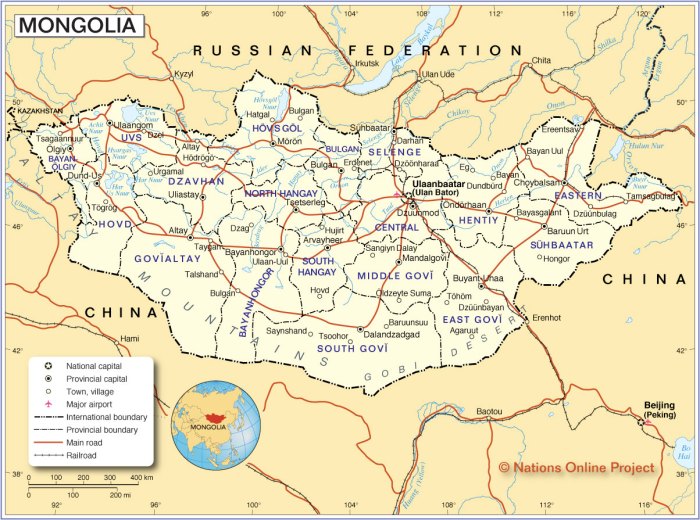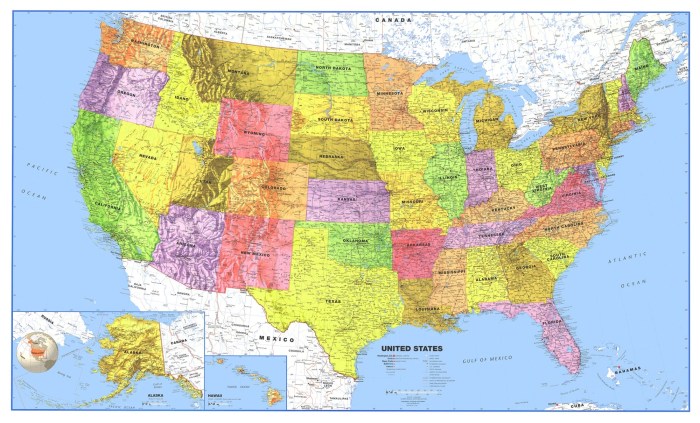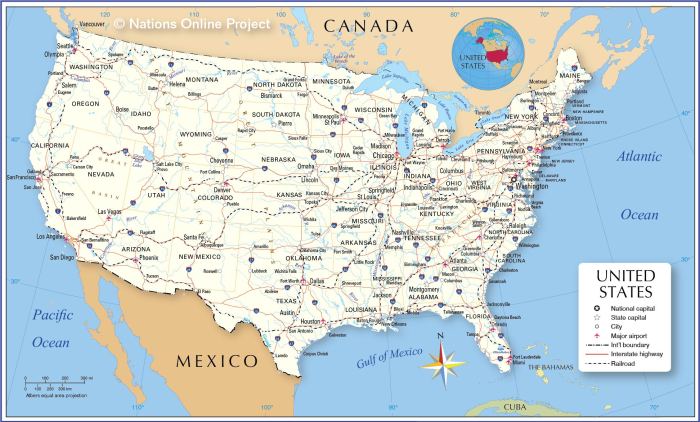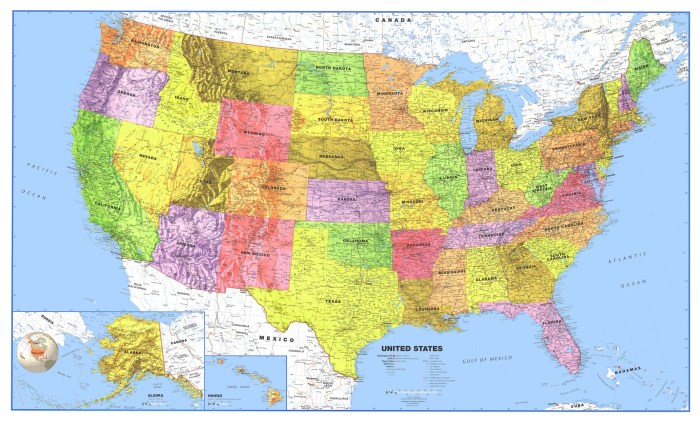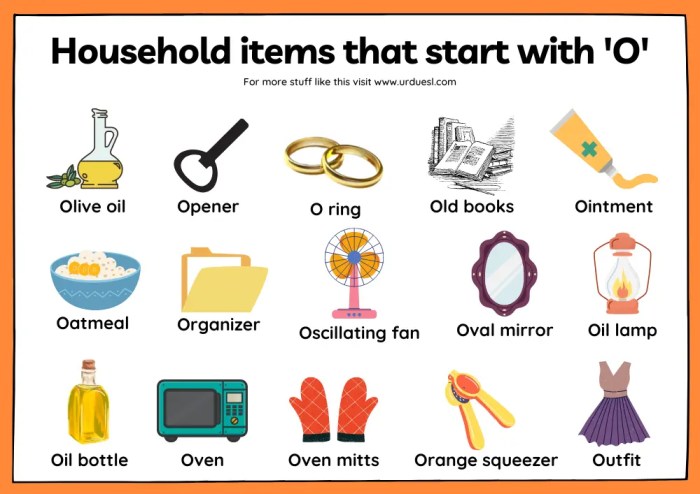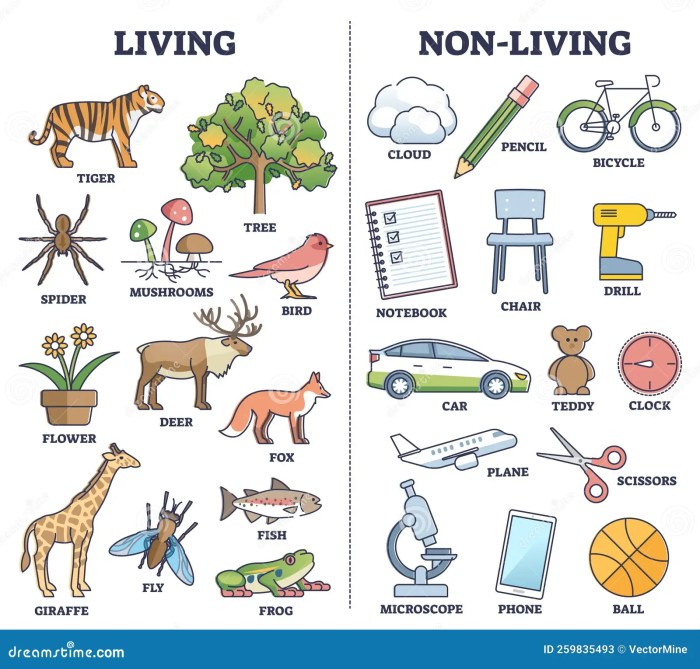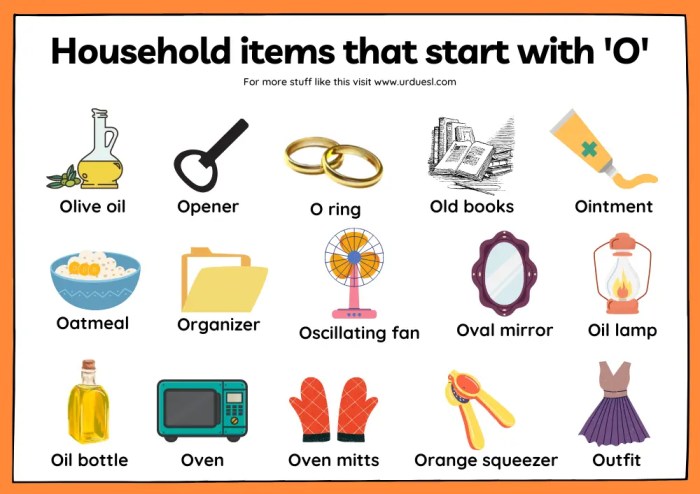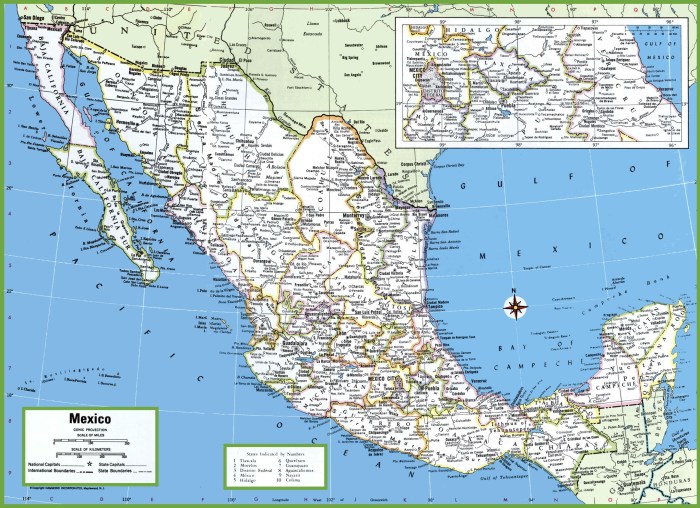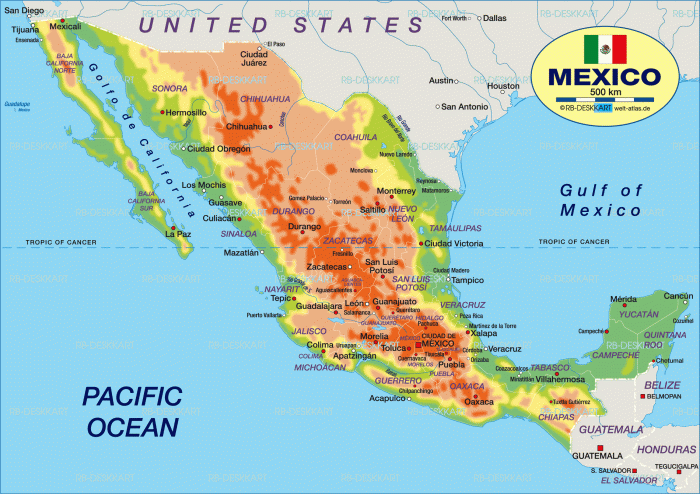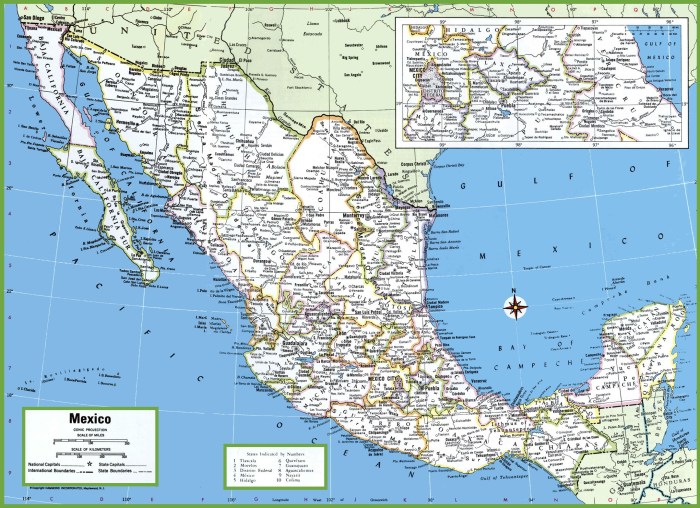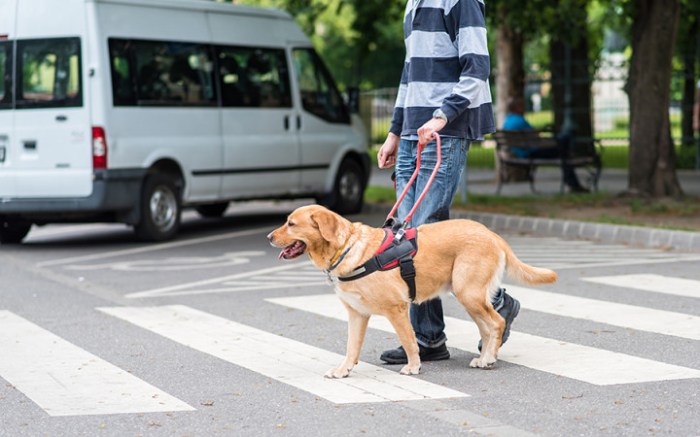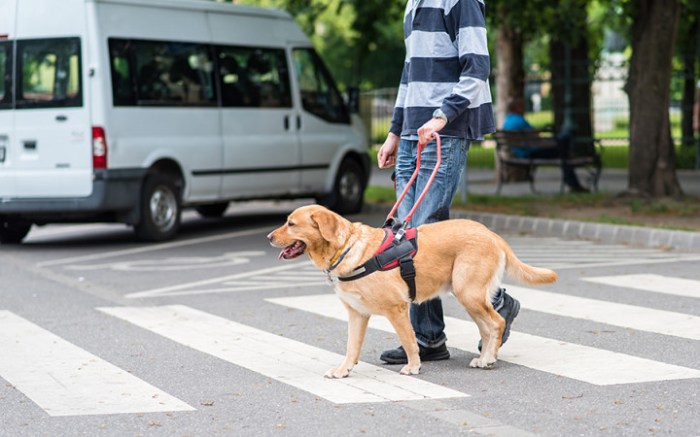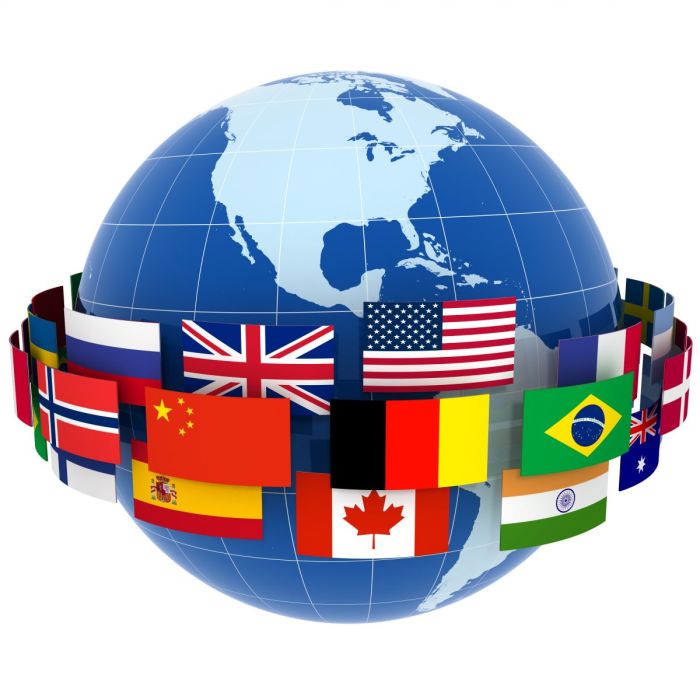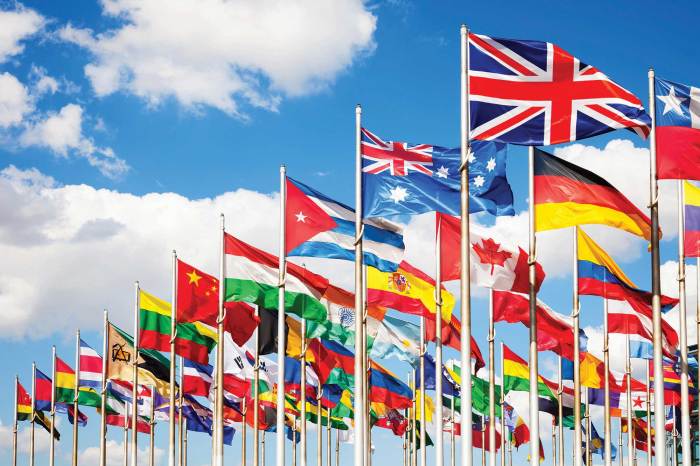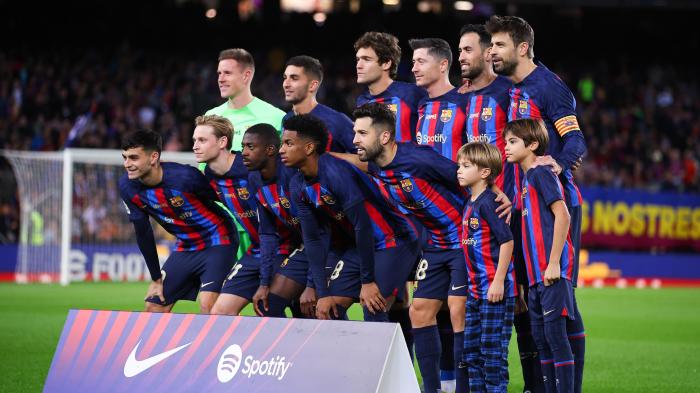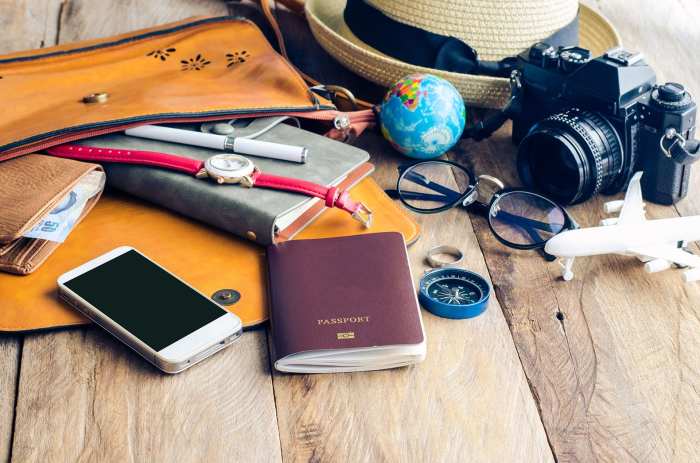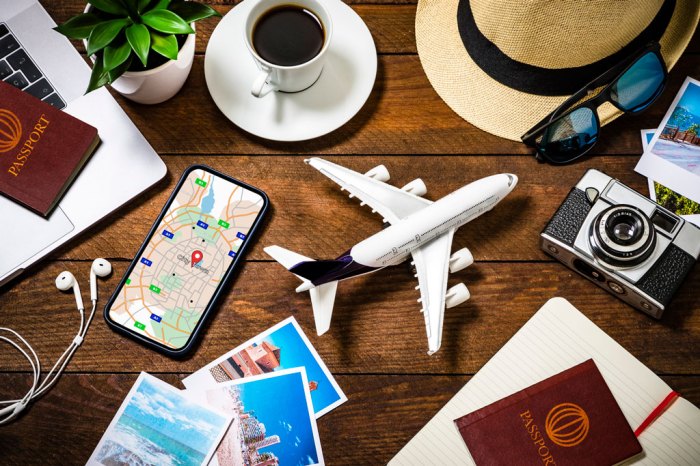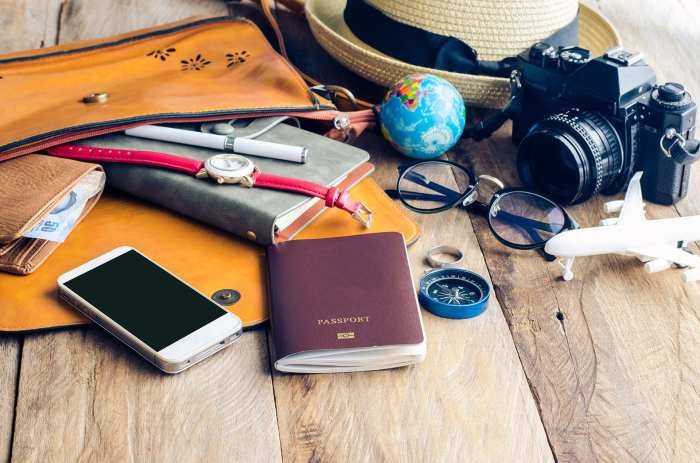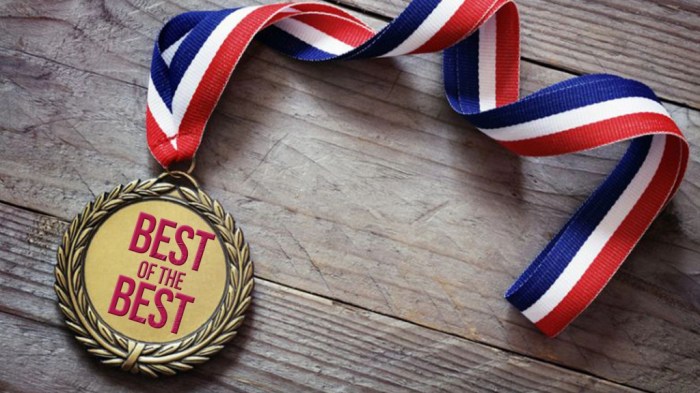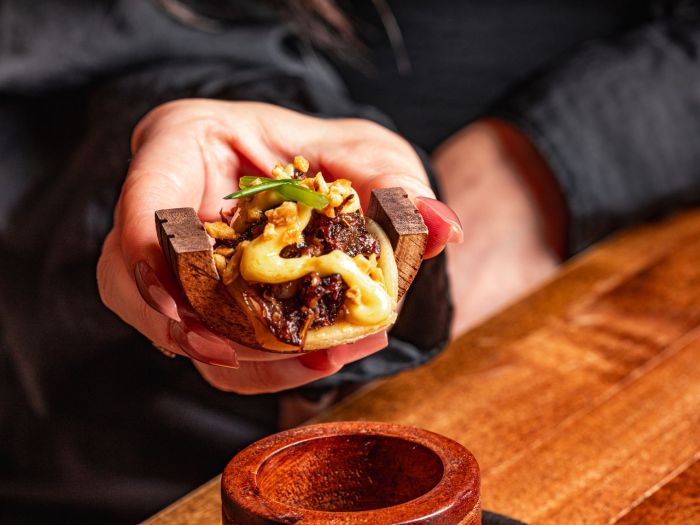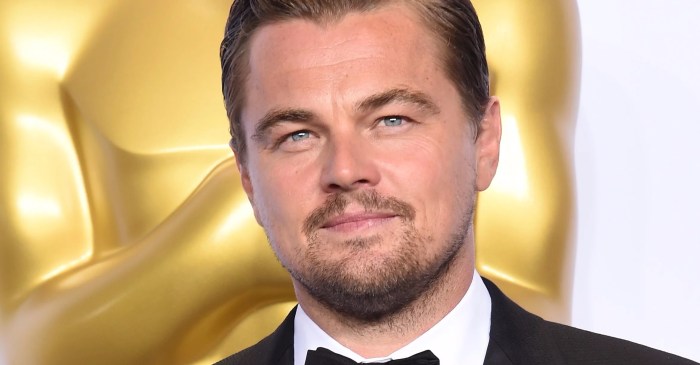Mongolia on a budget is a rewarding experience, full of adventure and cultural immersion without breaking the bank. This guide dives deep into every aspect of traveling affordably in Mongolia, from budgeting your daily expenses to finding incredible accommodation options. We’ll explore the best ways to save money on food, activities, and transportation, while highlighting the cultural aspects of experiencing this incredible country.
Discover affordable ways to experience the stunning landscapes, unique culture, and ancient history of Mongolia. Learn how to plan a memorable trip without emptying your wallet. Get ready to explore!
Budgeting for Travel in Mongolia
Mongolia, a land of vast steppes, towering mountains, and ancient culture, offers incredible adventures for budget-conscious travelers. This guide will delve into the intricacies of budgeting for a trip to Mongolia, providing a detailed breakdown of daily expenses and practical tips for maximizing your savings.
Typical Daily Expenses
Daily expenses in Mongolia vary depending on your chosen lifestyle. A moderate budget, suitable for most travelers, typically includes accommodation, food, activities, and transportation. It’s crucial to factor in these expenses when planning your trip.
Accommodation Costs
Accommodation options in Mongolia range from budget-friendly hostels and guesthouses to more luxurious hotels. Hostels and guesthouses are often the most economical choice, offering shared dorm rooms or private rooms at reasonable prices. Homestays, where you stay with local families, are another cost-effective option, providing insights into Mongolian culture and cuisine.
- Hostels: Expect to pay between $10 and $30 per night for a dorm bed, depending on location and amenities.
- Guesthouses: Private rooms in guesthouses typically range from $20 to $50 per night.
- Homestays: Homestays offer a unique cultural experience, with rates generally between $15 and $35 per night, including meals.
Food Costs
Food costs in Mongolia are relatively affordable. You can find delicious and authentic Mongolian cuisine at local eateries, markets, and restaurants. Eating at local eateries or preparing some meals yourself can significantly reduce food expenses.
- Local Eateries: Expect to spend between $5 and $15 per day for meals at local eateries, depending on the type of food.
- Markets: Markets offer fresh produce and affordable meals.
- Self-Catering: If you prefer self-catering, you can buy groceries at local markets and prepare meals in your accommodation.
Activities Costs
Mongolia offers a wide range of activities, from exploring historical sites to enjoying outdoor adventures. These activities can range in cost from free to expensive. Prioritize activities that align with your budget.
- Exploring Historical Sites: Many historical sites are free to enter or have low entrance fees.
- Cultural Experiences: Immersive cultural experiences like attending a traditional nomadic ceremony or taking a cooking class can be reasonably priced.
- Outdoor Activities: Outdoor activities like horseback riding or hiking often come with a fee. Research and compare pricing.
Transportation Costs
Transportation in Mongolia can vary greatly depending on the mode of transport. Buses are a popular and affordable option for longer distances, while trains offer a more comfortable but often pricier experience. Taxis are readily available for short-distance travel within cities.
| Transportation | Estimated Cost (USD) |
|---|---|
| Buses | $5 – $25 per journey |
| Trains | $20 – $80 per journey |
| Taxis | $5 – $20 per trip |
| Local Transport (e.g., marshrutka) | $1 – $5 per trip |
Sample 7-Day Itinerary (Budget-Conscious)
This itinerary focuses on maximizing your time while minimizing costs. Adjust activities and accommodation choices to suit your preferences.
- Day 1-3: Arrive in Ulaanbaatar, explore the city, and take a day trip to a nearby historical site. Stay in a hostel and enjoy affordable meals.
- Day 4-5: Travel to a nearby nomadic area by bus. Stay in a homestay and participate in cultural activities. Enjoy meals and explore the local area.
- Day 6: Return to Ulaanbaatar and spend the day shopping or visiting a museum.
- Day 7: Depart from Ulaanbaatar.
Savings Strategies: Travel during the shoulder season, book accommodations and transportation in advance, and look for deals and discounts.
Accommodation Options on a Budget
Mongolia offers a fascinating blend of nomadic culture and modern amenities, but navigating the landscape on a budget requires careful planning. Understanding the various accommodation options available, their pros and cons, and the cultural nuances is key to maximizing your experience without breaking the bank. From bustling city hostels to tranquil homestays, each option presents a unique perspective into Mongolian life.Budget travelers have a range of options to choose from, catering to diverse preferences and travel styles.
The cost of accommodation varies significantly depending on the region, season, and type of lodging. This detailed exploration will illuminate the different options and assist in making informed choices.
Hostel Accommodation
Hostels are a popular choice for budget-conscious travelers seeking social interaction and shared spaces. They typically offer dormitory-style rooms with shared bathrooms and common areas, fostering a sense of community among fellow travelers. This communal environment is often more vibrant than a private room, creating opportunities for interaction and information sharing.
Guesthouse Accommodation
Guesthouses provide a comfortable alternative to hostels, offering private rooms or dorm-style rooms with private bathrooms. This offers a greater sense of privacy and space than hostels, while remaining an affordable option compared to hotels. Guesthouses often provide basic amenities like Wi-Fi and breakfast, making them an attractive mid-range option.
Homestay Accommodation
Homestays provide an immersive cultural experience, placing you directly within a Mongolian family’s home. This offers an unparalleled opportunity to engage with local customs, traditions, and daily life. Staying with a host family allows you to experience authentic Mongolian hospitality and gain insights into the cultural nuances of the country.
Booking Platforms for Budget Accommodation
Numerous online booking platforms offer a wide selection of budget-friendly accommodation options in Mongolia. Booking.com, Agoda, and Hostelworld are some examples. These platforms provide comprehensive listings, allowing for easy comparison and selection based on price, location, and amenities. Reviews from previous guests can also be helpful in making an informed decision.
Regional Comparisons of Accommodation Costs
Accommodation costs in Mongolia vary significantly across different regions. Ulaanbaatar, the capital city, typically has higher prices due to increased demand and a wider range of options. In rural areas, homestays tend to be more affordable and offer a unique cultural immersion experience. The pricing is directly related to the region’s infrastructure and accessibility.
Cultural Aspects of Homestays
Homestays in Mongolia offer a unique cultural experience. Guests are typically welcomed with warmth and hospitality, experiencing daily life alongside the host family. Meals are often shared, and you may have opportunities to participate in traditional activities like making butter tea or experiencing traditional games. You may also learn about local customs and practices, offering a deeper understanding of Mongolian culture.
Food and Drink on a Budget
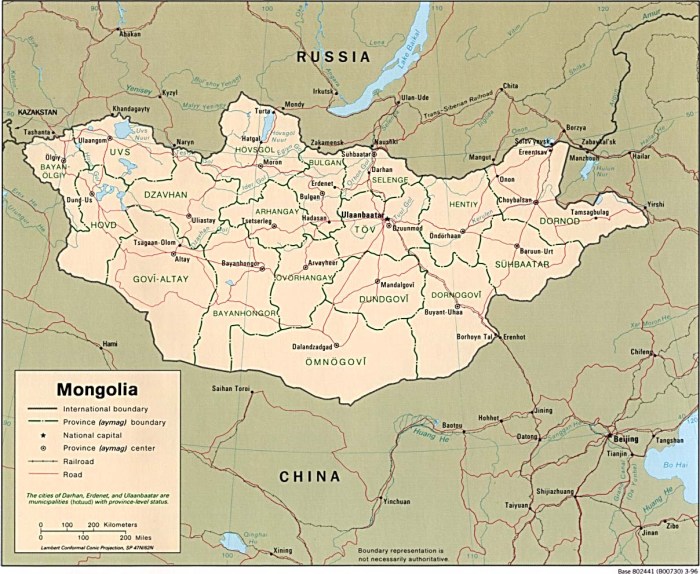
Fueling your Mongolian adventure on a shoestring budget doesn’t mean sacrificing flavor. Local cuisine is surprisingly affordable and offers a delicious window into Mongolian culture. From hearty stews to flavorful street snacks, there’s a feast to be had without breaking the bank. This section will delve into the diverse world of budget-friendly food and drink in Mongolia.
Affordable Local Dishes, Mongolia on a budget
Mongolian cuisine, rich in tradition and using locally sourced ingredients, is perfect for budget travelers. Traditional dishes often revolve around meat, dairy, and grains, providing substantial and filling meals. Savory stews, dumplings, and noodles are common staples, making them ideal for satisfying hunger and exploring local tastes.
- Khüüshür: A hearty beef stew, often served with noodles, is a classic Mongolian dish that’s both flavorful and filling. It’s a great way to experience a taste of Mongolia at a very affordable price.
- Buuz: These savory steamed or boiled dumplings are a popular street food and a budget-friendly option. They’re often filled with meat, and a simple but delicious choice for a quick and satisfying meal.
- Tsagaan khüüshür: A milk-based stew is a lighter and healthier alternative, especially for those seeking a dairy-focused meal. It’s equally affordable and offers a creamy, comforting taste.
- Khorkhog: A grilled mutton dish, often served with rice, is a quintessential Mongolian meal. Its bold flavor profile makes it a memorable experience, and it’s frequently available at affordable prices in local restaurants.
Finding Budget-Friendly Restaurants and Street Food
Many Mongolian cities offer a vibrant street food scene, perfect for budget travelers. Look for stalls offering khorkhog, buuz, or other local snacks. Restaurants with “local” or “family” in their name often serve traditional Mongolian cuisine at more affordable prices than upscale establishments. Don’t be afraid to ask locals for recommendations; they can point you toward hidden gems serving authentic, budget-friendly meals.
Preparing Simple Meals in Guesthouses and Hostels
Most guesthouses and hostels in Mongolia offer basic kitchens or shared facilities for preparing meals. Taking advantage of these resources can significantly reduce your food expenses. Buy ingredients like noodles, eggs, or local produce from local markets or supermarkets. A simple noodle dish with some vegetables and an egg can be a delicious and budget-friendly meal.
Planning a budget-friendly trip to Mongolia? It’s totally doable! While exploring the vast landscapes, you might be surprised at the hidden gems. For example, if you’re looking for an affordable, scenic escape, consider checking out the attractions secret chairlift capri for a taste of breathtaking views. Even though it’s not in Mongolia, the spirit of adventure and finding unique, affordable travel experiences still applies.
You can still find amazing deals on accommodations and activities in Mongolia without breaking the bank.
Food Costs in Different Regions
Food costs vary depending on the region. Generally, rural areas offer lower prices compared to major cities. However, even in cities, there are options for affordable meals. In the capital, Ulaanbaatar, expect slightly higher costs compared to smaller towns, but still manageable within a budget. For a detailed cost comparison, a table would show the differences.
| Region | Average Food Cost (per day) |
|---|---|
| Ulaanbaatar | $10-15 |
| Rural areas | $8-12 |
| Tourist hubs | $12-18 |
Incorporating Local Produce into Budget-Friendly Meals
Local markets are a treasure trove of fresh produce, offering a variety of fruits and vegetables at reasonable prices. Incorporating these items into your meals adds flavor and nutritional value without increasing your overall expenses. For instance, a simple salad with fresh vegetables and local herbs can be a light and healthy lunch option. Consider adding local produce to your meals whenever possible to reduce costs and experience a genuine taste of Mongolia.
Activities and Experiences on a Budget
Exploring Mongolia on a budget doesn’t mean sacrificing experiences. Many of the most captivating aspects of the country are accessible without breaking the bank. From wandering through ancient monasteries to immersing yourself in local traditions, there are countless ways to connect with Mongolia’s rich culture and breathtaking landscapes without excessive spending. This section delves into the world of budget-friendly activities, tours, and cultural immersion.Budget travel often means prioritizing experiences over material possessions.
This often leads to deeper connections with the local culture and more memorable journeys. By embracing the free and low-cost activities, you’ll gain a genuine appreciation for the country’s beauty and the warmth of its people.
Free and Low-Cost Activities
Numerous opportunities exist for experiencing Mongolia’s beauty without spending a fortune. Exploring national parks, visiting local monasteries, and engaging in cultural events are all affordable options for enriching your journey.
- National Parks: Mongolia boasts stunning landscapes, and many national parks offer free or low-cost entry. Enjoying the scenery, hiking trails, and wildlife viewing often doesn’t require any admission fees. For example, the Gobi Desert offers unparalleled beauty and opportunities for photography, while the vast steppes offer breathtaking views of nomadic life.
- Monasteries: Many monasteries, particularly smaller ones, welcome visitors without charging exorbitant fees. Exploring these historical sites, witnessing the religious practices, and learning about the local history is an enriching experience. A visit to a local monastery often involves a small donation, which is an appreciated gesture of respect.
- Local Events and Festivals: Keep an eye out for local events and festivals. These gatherings frequently offer a glimpse into Mongolian culture, from traditional music and dance performances to craft demonstrations and food stalls. Often, participation is free or has very low entrance fees.
Budget-Friendly Tours and Excursions
Several options exist for experiencing Mongolia without overspending on tours. Many local guides offer tailored tours at affordable prices, and some accommodations include tour packages as an additional service.
- Local Guides: Engaging local guides can provide unique insights into the culture and landscapes. Many guides are happy to customize tours to your interests and budget. These guides often have an intimate knowledge of the area, offering a richer experience than large-group tours.
- Accommodation-Based Tours: Some guesthouses and hotels offer bundled tours as part of their package. This can provide a convenient and affordable way to see local attractions without additional costs.
- Self-Guided Tours: Utilizing online resources, local maps, and advice from fellow travelers, you can create a personalized itinerary that caters to your interests and budget. This gives you greater flexibility and the freedom to explore at your own pace.
Experiencing Mongolian Culture on a Budget
Immerse yourself in Mongolian culture without breaking the bank by engaging with locals, trying traditional foods, and participating in local activities.
- Interact with Locals: Engaging with local communities through interactions, conversations, and participation in local events is a cost-effective way to understand the culture. Asking locals about their lives, participating in local traditions, and simply observing their daily routines can provide invaluable cultural insights.
- Try Traditional Foods: Mongolian cuisine is unique and delicious. Exploring local markets and trying street food is a budget-friendly way to experience the culinary landscape. This often involves trying dishes like buuz (dumplings) and khorkhog (a spicy meat stew). These dishes are typically affordable and flavorful.
- Participate in Local Activities: Many nomadic communities welcome visitors to participate in their daily lives, from herding livestock to milking cows. This often involves sharing meals and learning about their traditions, offering an unforgettable cultural immersion.
Cost of Popular Tourist Attractions
The cost of tourist attractions varies significantly. Consider factors like entry fees, transportation, and potential extras when budgeting.
| Attraction | Estimated Cost (USD) |
|---|---|
| Gobi Desert Tour | $50 – $200 (depending on duration and inclusions) |
| Khongoryn Els Sand Dunes | $20 – $50 (entrance fee and potentially transportation) |
| Erdene Zuu Monastery | $5 – $10 (entry fee) |
Organized Tours vs. Independent Exploration
Comparing the costs and benefits of organized tours with independent exploration can aid in choosing the best approach.
- Organized Tours: Organized tours often include transportation, accommodation, and guided tours, but can be more expensive. These tours are convenient and ensure a structured itinerary, making them attractive for those unfamiliar with the area. However, flexibility is limited, and group sizes can be significant.
- Independent Exploration: Independent exploration offers greater flexibility and freedom, allowing you to tailor the itinerary to your interests. This often involves more planning and research, but it can lead to a more personal and budget-friendly experience.
Transportation within Mongolia on a Budget
Navigating Mongolia on a budget requires smart choices about transportation. The vast distances and diverse landscapes necessitate careful planning to minimize costs while maximizing your travel experience. This section will detail affordable options for moving around Mongolia, from bustling cities to remote countryside destinations.Efficient transportation planning is key to a budget-friendly Mongolian adventure. By understanding the pros and cons of different methods, and the costs involved in various regions, you can create a travel itinerary that balances affordability and exploration.
Bus Travel
Bus travel is a popular and cost-effective way to traverse Mongolia, particularly for longer distances. A well-developed bus network connects major cities, allowing for relatively affordable travel between destinations.
- Pros: Buses are generally affordable, offer comfortable seating, and provide a window into the Mongolian countryside. They often have schedules that are easily accessible, allowing for better planning and coordination of travel.
- Cons: Bus schedules can be less frequent than other methods, and journeys can be lengthy. Comfort levels can vary depending on the specific bus company.
- Planning Tips: Book tickets in advance, especially during peak season, to secure your desired seats. Check the schedule and route details carefully to ensure the bus aligns with your travel plans.
Train Travel
While less extensive than the bus network, Mongolia’s railway system offers a unique travel experience. The Trans-Mongolian Railway, a notable international route, also serves domestic destinations.
- Pros: Trains offer a comfortable and scenic way to travel long distances. The Trans-Mongolian Railway, a popular route, traverses diverse landscapes and provides stunning views.
- Cons: Train travel in Mongolia can be more expensive than bus travel, especially for shorter distances. Train schedules are often less frequent than buses.
- Planning Tips: Compare train fares and schedules with bus options for similar routes. Research the amenities offered by different train classes to make informed decisions.
Local Transport
Within cities and towns, local transport is crucial for navigating markets, attractions, and other points of interest. This can include taxis, marshrutkas (minibuses), and other local transport methods.
- Pros: Local transport provides convenient and affordable options for short-distance travel within urban areas. It’s often the most efficient way to reach smaller destinations or avoid lengthy bus journeys.
- Cons: Bargaining may be necessary for certain transportation services, and familiarity with local transportation methods is helpful. The reliability of local transport can vary.
- Planning Tips: Research local transport options in advance to understand fares and routes. Familiarize yourself with the payment methods used by local transport services. Using ride-sharing apps, where available, can streamline the process.
Cost Comparison
The cost of transportation varies significantly depending on the region and method. In the capital city, Ulaanbaatar, local transport options may be cheaper than buses to more remote regions. The Trans-Mongolian route will naturally be more expensive compared to internal bus journeys.
| Region | Transportation Method | Estimated Cost (USD) |
|---|---|---|
| Ulaanbaatar | Local Transport (Taxi/Marshrutka) | $5-15 |
| Ulaanbaatar to Darkhan | Bus | $20-30 |
| Ulaanbaatar to Dalanzadgad | Bus | $40-60 |
| Trans-Mongolian Railway (domestic section) | Train | $50-100+ |
Example Bus Route Schedule (Ulaanbaatar – Darkhan)
Note: This is an example, and specific schedules may vary. Always check the latest schedule information from the transport company.
| Departure Time (Ulaanbaatar) | Arrival Time (Darkhan) | Estimated Cost (USD) |
|---|---|---|
| 8:00 AM | 4:00 PM | $25 |
| 12:00 PM | 8:00 PM | $28 |
| 2:00 PM | 10:00 PM | $25 |
Essential Tips for Saving Money: Mongolia On A Budget
Budget travel in Mongolia is achievable with careful planning and a willingness to embrace the local lifestyle. Knowing how to navigate the local currency, avoid tourist traps, and choose the optimal travel time can significantly impact your spending. This section provides practical advice to maximize your Mongolian adventure without breaking the bank.
Maximizing Local Currency
Understanding the Mongolian Tugrik (MNT) and its exchange rates is crucial. While credit cards are accepted in major cities, smaller towns and rural areas often rely on cash transactions. It’s wise to exchange currency at reputable banks or exchange bureaus in advance, rather than at airport counters, which often have unfavorable rates. Keep an eye out for any daily fluctuations in exchange rates and try to exchange larger amounts at once to minimize fees.
Avoiding Tourist Traps
Tourist traps in Mongolia often involve inflated prices for common services and attractions. Researching and comparing prices online before visiting a site or engaging in an activity can save you money. Consider joining a group tour or hiring a local guide, which can often be more affordable than private transportation or individual tours. Negotiating prices, especially in markets, is a common practice and a great way to get a better deal.
Choosing the Best Time to Visit
Shoulder seasons (spring and fall) offer the best balance between pleasant weather and fewer crowds compared to peak summer. These seasons often mean lower prices on accommodations and tours, while still enjoying the natural beauty of Mongolia. Winter, while offering unique experiences like snow activities, might have higher costs due to increased demand and operational challenges.
Essential Documents for Budget Travel
A well-prepared travel kit is essential for budget travelers. Having all necessary documents in order prevents delays and potential issues. This includes a valid passport, visa (if required), and travel insurance. Copies of important documents, like your passport and flight itinerary, should be kept separate from the originals. Including a copy of your accommodation bookings and transportation arrangements is recommended for safety and quick access to important information.
- Passport: Ensure your passport is valid for at least six months beyond your travel dates, and has sufficient blank pages for visa stamps.
- Visa: Research visa requirements for Mongolia based on your nationality. Some nationalities may require a visa, while others may be eligible for visa-free entry.
- Travel Insurance: Comprehensive travel insurance is highly recommended to cover unforeseen circumstances, including medical emergencies, lost belongings, and trip cancellations.
- Copies of Documents: Keep copies of your passport, visa (if applicable), flight tickets, accommodation confirmations, and any other crucial documents separate from the originals. This is crucial in case of loss or damage.
Sample Budget Breakdown
Planning a trip to Mongolia on a budget requires careful consideration of expenses. This section provides a sample budget breakdown for a 10-day trip, demonstrating how to adjust it for different travel styles and highlighting the cost differences between a luxury and budget-conscious itinerary. Understanding these variations will allow you to tailor your experience to your specific needs and preferences.
Budget Breakdown for a 10-Day Trip
This sample budget is designed for a moderate traveler who seeks a balance between experiencing Mongolia’s highlights and staying within a reasonable price range. Adjustments can be made to accommodate different preferences, from luxurious stays to more adventurous backpacking experiences.
| Category | Budget-Conscious (USD) | Moderate (USD) | Luxury (USD) |
|---|---|---|---|
| Accommodation (10 nights) | $300 | $500 | $1000 |
| Food & Drink (10 days) | $300 | $450 | $700 |
| Activities & Entrance Fees | $200 | $400 | $800 |
| Transportation (domestic flights, etc.) | $300 | $500 | $800 |
| Total | $1100 | $1850 | $3300 |
Adjusting the Budget
The budget above provides a starting point. Adjusting it depends on several factors. For example, choosing a more remote area with fewer tourist facilities might decrease accommodation costs. Conversely, opting for guided tours or expensive activities can significantly increase the expenditure. A longer stay will naturally inflate the total costs.
Planning a budget-friendly trip to Mongolia? It’s totally doable! While the vast landscapes and nomadic culture are amazing, finding affordable options for accommodation and activities is key. Looking for inspiration? Check out some great beach vacation ideas in Big Sur for a totally different kind of adventure trip ideas beach vacations big sur. But don’t worry, you can still experience the beauty of Mongolia without breaking the bank.
Just a little research goes a long way!
Luxury vs. Budget-Conscious Itinerary
A luxury itinerary prioritizes comfort and high-end experiences, often involving private guides, premium accommodation, and exclusive activities. For example, a luxury stay might include a private yurt with a fireplace, gourmet meals, and a private jeep tour.A budget-conscious itinerary, in contrast, focuses on maximizing value by choosing budget-friendly accommodations like guesthouses or hostels, utilizing public transportation, and enjoying local cuisine.
Exploring Mongolia on a shoestring budget is totally doable! While you’re saving up for that trip, you might consider checking out the amazing culture, design, and visual arts scene in Basel, Switzerland. There are tons of cool things to see and do, like exploring the museums and galleries there – culture design visual arts basel switzerland what to do where to.
Once you’ve seen the sights in Switzerland, you can return to your budget-friendly Mongolian adventures!
For instance, a budget-friendly option could involve staying in a basic guesthouse, eating at local restaurants, and taking a public bus for transportation.
Essential Tips for Savings
Travel during the shoulder season (spring or fall) for lower prices on accommodation and activities. Consider purchasing a multi-day pass for attractions to potentially save money on individual entrance fees. Look for opportunities to experience local culture by engaging with local communities and participating in traditional activities. These actions will significantly reduce costs and provide unique insights into Mongolian culture.
Cultural Considerations for Budget Travelers
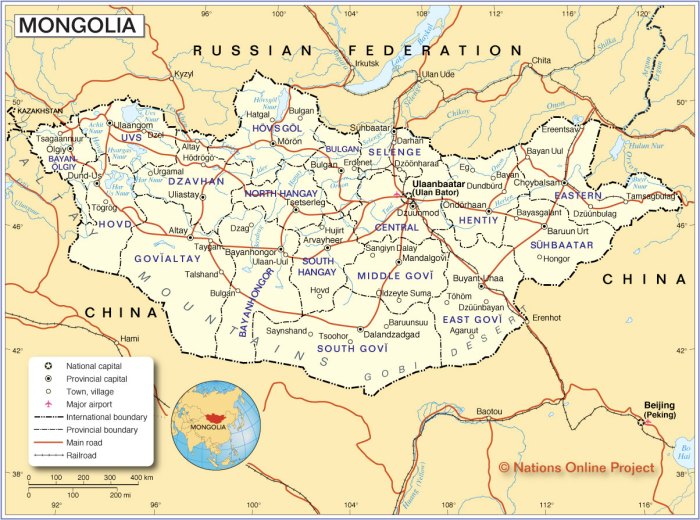
Embarking on a budget-friendly adventure in Mongolia requires more than just savvy savings. Respect for local customs and traditions is paramount. Understanding Mongolian culture allows for a richer and more meaningful experience while also ensuring a smooth and enjoyable journey for all involved. Respecting local customs and traditions is fundamental to any travel experience, but especially crucial in a culture as deeply rooted in its heritage as Mongolia.
By demonstrating cultural sensitivity, you show respect for the local people and their way of life, which in turn will enrich your own journey.
Appropriate Attire and Behavior
Respectful attire is essential when visiting religious sites and interacting with locals. Modesty is key. Avoid overly revealing clothing, especially when visiting monasteries and temples. Traditional Mongolian clothing, such as deel (a long, flowing robe), can be a respectful and appropriate choice. When in doubt, dressing in neutral colors is a safe bet.
Generally, it’s best to observe the dress of those around you. Furthermore, maintaining a respectful demeanor and avoiding loud or boisterous behavior is crucial, particularly in more traditional settings. Remove your shoes before entering homes or some religious structures. This is a common practice that demonstrates respect.
Interacting Respectfully with Locals
Meaningful interactions with locals are key to a rewarding travel experience. Be genuinely interested in their stories and perspectives. Engage in conversation, but be mindful of cultural norms surrounding personal space and directness. Asking simple questions about their lives, their traditions, and their daily routines can lead to enriching exchanges. Active listening and showing genuine interest are more important than polished conversation.
A smile and a friendly greeting go a long way. Always be mindful of your tone and body language. Avoid anything that might be perceived as confrontational or disrespectful.
Mongolian Hospitality
Mongolian hospitality is renowned. Expect to be offered food and drink, even if you decline. Accepting a small gift is customary, even if you can’t reciprocate in kind. These gestures demonstrate appreciation and build rapport. Be mindful of their traditions.
Saying “Baira” or “Bayarlalaa” (thank you) is appreciated. This shows respect and gratitude for their generosity. Be patient and understanding. Hospitality can sometimes involve waiting periods or unexpected circumstances.
Learning Basic Mongolian Phrases
Learning basic Mongolian phrases demonstrates respect for the local culture. While English is spoken in tourist areas, knowing a few key phrases like “Sain baina uud” (hello), “Bayarlalaa” (thank you), and “Uchuu” (goodbye) goes a long way. These simple phrases can create a positive impression and foster connections. It also helps you navigate situations when English isn’t readily available.
For example, while ordering food or asking for directions, learning a few basic words can enhance your experience.
Concluding Remarks
This comprehensive guide to Mongolia on a budget empowers you to craft an unforgettable journey without sacrificing your savings. From practical budgeting tips to cultural insights, we’ve covered all the essential aspects for a truly authentic and affordable Mongolian adventure. Embrace the adventure and experience the magic of Mongolia without the hefty price tag!
